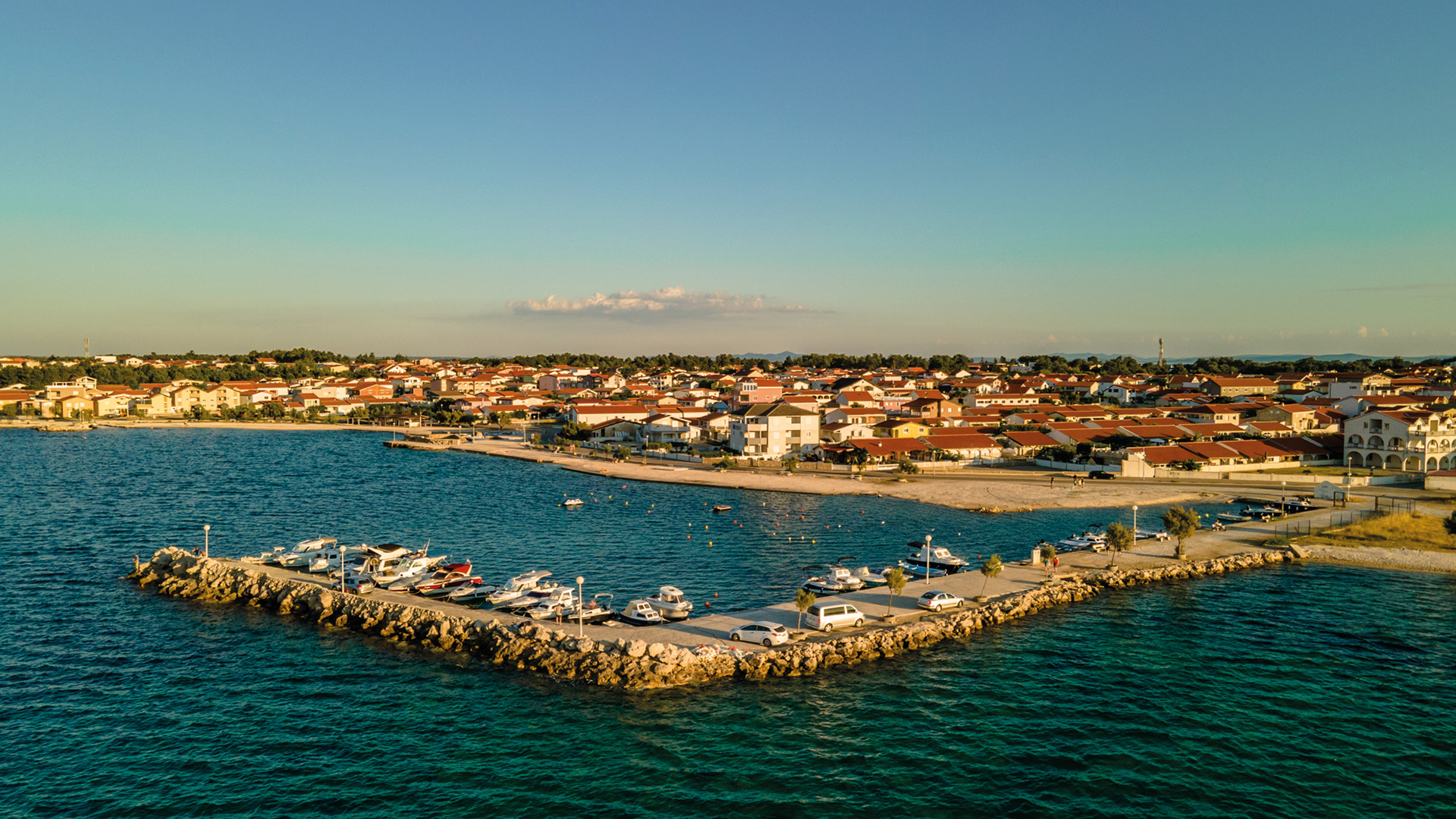Sustainable Development and Construction in Dalmatia
Sustainable development has become a key principle in planning and development around the world, and Dalmatia—with its unique natural and cultural resources—is no exception. In this article, we explore how sustainable development and construction are applied in Dalmatia and how these principles contribute to preserving its rich heritage while promoting a healthy environment and society.
The Importance of Sustainable Development in Dalmatia
Dalmatia, known for its crystal-clear sea, stunning coastline, and historic cities, faces challenges in preserving its natural and cultural heritage amidst growing tourism and urbanization. Sustainable development offers an approach that enables growth and progress while simultaneously protecting and maintaining the region’s natural resources and cultural identity.
Key Principles of Sustainable Construction in Dalmatia
Sustainable construction in Dalmatia is based on several core principles, including:
Use of Local and Eco-Friendly Materials: Priority is given to materials that are locally sourced and have a low carbon footprint. Stone, wood, and other natural materials are often used in construction, helping to preserve the local landscape and reduce environmental impact.
Energy Efficiency: Designing buildings to minimize the need for artificial heating and cooling is crucial in Dalmatia. This is achieved through smart architectural design, natural ventilation, high-quality insulation, and the use of solar panels.
Water Management: Rainwater harvesting and greywater recycling systems are increasingly popular in Dalmatian construction, reducing potable water usage and relieving pressure on local water sources.
Biodiversity Protection: Construction projects are planned and executed with care to protect local flora and fauna, including avoiding development in ecologically sensitive areas.
Challenges and Opportunities
Despite the clear benefits, sustainable development in Dalmatia faces challenges. The high cost of some eco-friendly materials and technologies, along with a general lack of awareness about the advantages of sustainable construction, can be obstacles. However, there are also many opportunities—especially with the growing global demand for environmentally responsible tourist destinations and residential spaces.
Conclusion
Sustainable development and construction in Dalmatia are not just responses to ecological challenges, but also opportunities to preserve and promote the region’s unique identity. By applying sustainable development principles, Dalmatia can continue to grow in a way that respects its natural and cultural heritage, offering a healthier and more sustainable environment for future generations.
Integrating green technologies and methods into daily life can further stimulate the local economy by creating new jobs and encouraging innovation in sustainable tourism, agriculture, and energy sectors.
Educating and raising awareness among both locals and visitors about the importance of sustainable living and tourism is crucial for long-term success. Programs that promote recycling, water conservation, and sustainable consumption can significantly reduce the ecological footprint of the region.
As part of a broader strategy, encouraging sustainable development in Dalmatia requires cooperation between government, the private sector, local communities, and international organizations. Comprehensive policies are needed to support sustainable construction, including incentives for the use of eco-friendly materials, the development of green infrastructure, and the promotion of renewable energy.
A key success factor is the adoption of locally adapted solutions that respect traditional architecture and culture, while also integrating modern technologies and approaches. This ensures that development is not only sustainable but also reflective of Dalmatia’s identity and values.
Sustainable development in Dalmatia represents an opportunity to create a model applicable to other Mediterranean regions—promoting sustainability as a fundamental component of growth. Through innovation, cooperation, and commitment to sustainable principles, Dalmatia can become an example of how tradition and modernization can successfully merge to benefit the environment, the economy, and society as a whole.
In conclusion, sustainable development and construction in Dalmatia are more than just a trend—they are a necessity and an opportunity to preserve the region’s rich natural and cultural heritage while enabling its economic growth in a respectful and sustainable way. With joint efforts, Dalmatia can set a benchmark for the future of sustainable living and building in the Mediterranean.


